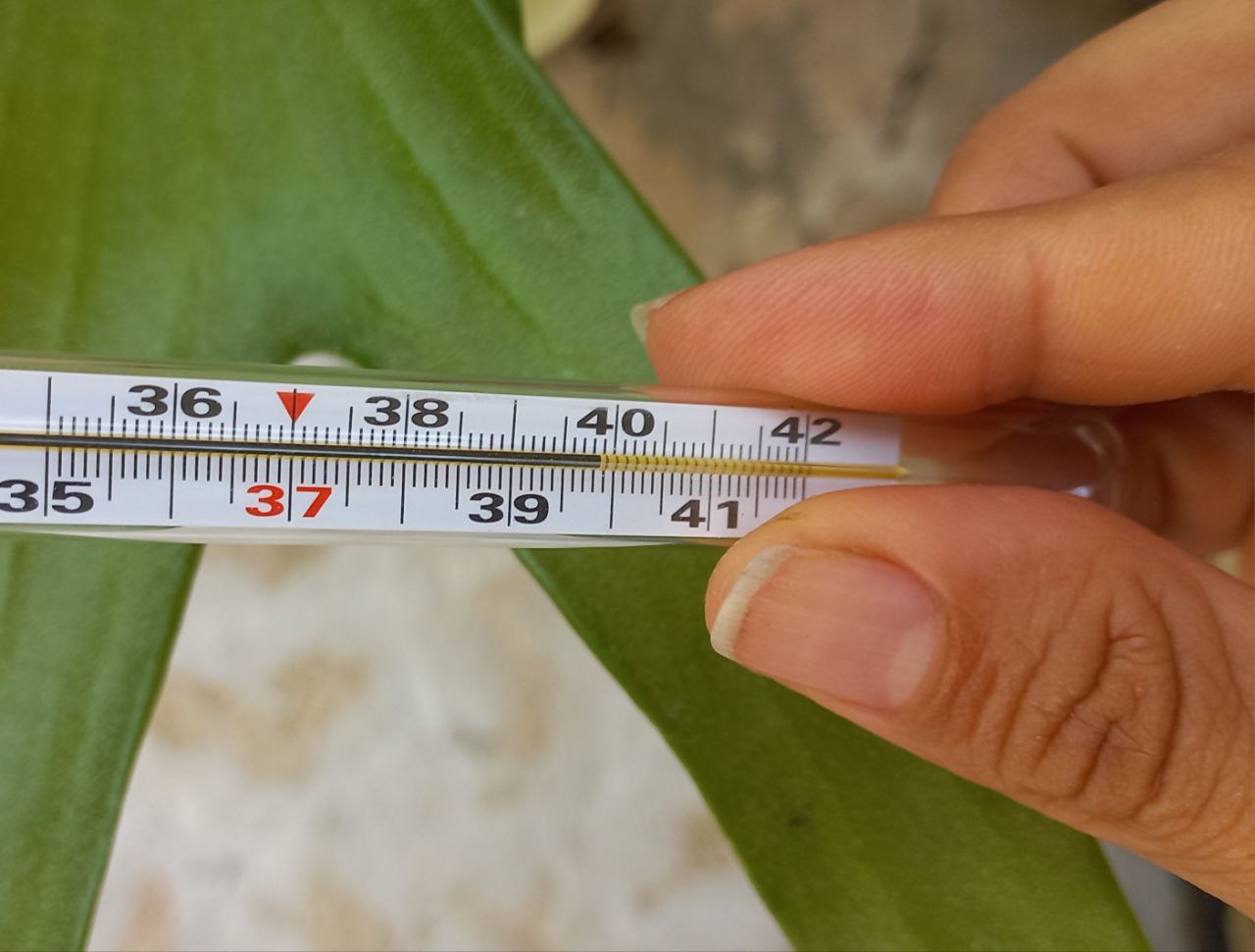Time: 2024-07-14

The prevalence of arthropod - borne viruses , such as dengue , Zika , and chikungunya , has been on the rise in recent years , posing a significant threat to global public health . In addition to these well - known viruses , attention is now shifting towards emerging arboviruses like Oropouche virus ( OROV ) and Mayaro virus ( MAYV ) . OROV , first detected in Trinidad and Tobago in 1955 , has caused sporadic outbreaks in various countries in the Americas , including Brazil , Ecuador , French Guiana , Panama , Peru , and Trinidad and Tobago . The recent surge in Oropouche fever cases , especially in the Amazon region of Brazil , has raised concerns , with more than 6,900 confirmed cases reported in 2024.
In response to the growing threat of arboviruses , the Pan American Health Organization ( PAHO ) has been actively working to improve surveillance and response strategies . PAHO 's Infectious Hazards Management Unit and the Arbovirus Program have organized workshops and activities to enhance regional capacities in virus surveillance and analysis . Notably , the International Workshop on Molecular Surveillance of Emerging and Re - emerging Arboviruses held in Manaus , Brazil , brought together experts from various countries to analyze OROV genomes and strengthen regional defenses against these emerging threats.
Recent reports from Las Tunas , Cuba , confirm the circulation of the Oropouche virus in the region . Samples from patients in Colombia municipality sent to the Pedro Kour Tropical Medicine Institute confirmed the presence of the virus . Health authorities stress the importance of monitoring arboviruses and strengthening community hygiene to prevent the proliferation of mosquitoes . With the onset of high temperatures , the population is urged to seek medical attention for any febrile syndrome and take necessary precautions to prevent mosquito bites and potential complications associated with the virus.
In conclusion , the emergence and spread of Oropouche fever in the Americas underscore the importance of collaborative efforts and proactive measures to combat arboviruses and protect public health . Through enhanced surveillance , timely detection , and strategic interventions , countries can effectively mitigate the impact of these emerging threats and safeguard communities against future outbreaks.